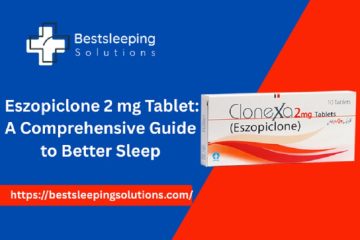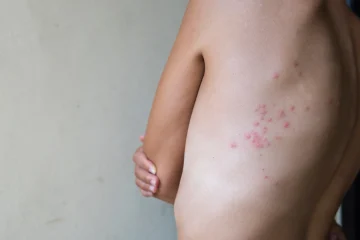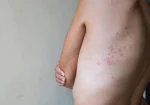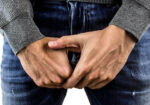Can you walk After PRP Knee Injection?
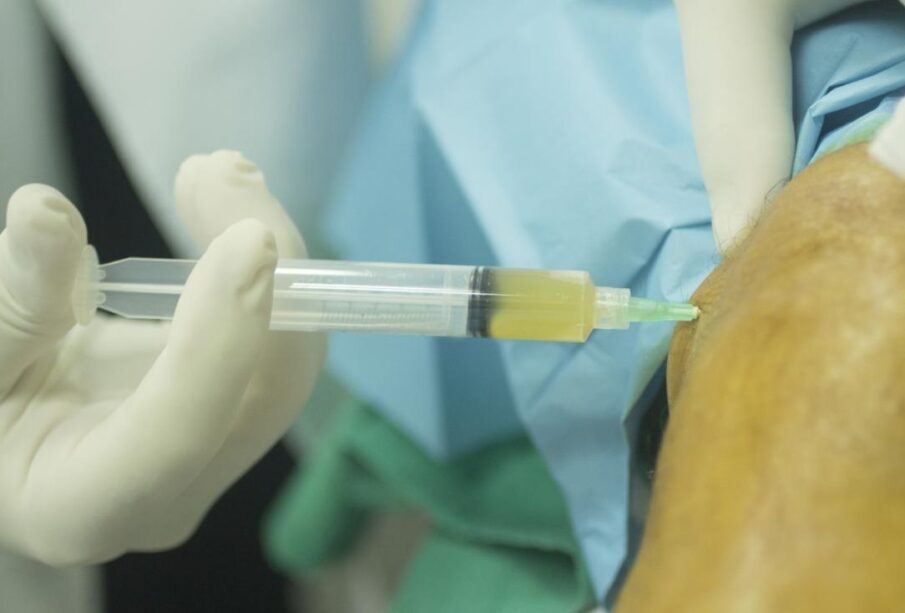
Are you struggling with knee pain? If so, a PRP (platelet-rich plasma) knee injection may be the right solution for you.
With its non-surgical nature and quick healing time, it’s no wonder this minimally invasive procedure is becoming increasingly popular among those looking to reduce their joint pain. But one of the top questions many have before undergoing a PRP knee injection is whether or not they can walk afterwards? Read on to learn more about what recovery looks like following your PRP knee injection!
What is PRP Knee Injection, and how does it Work?
Platelet-rich plasma (PRP) is a procedure that uses the body’s own blood cells to aid healing and promote faster recovery from injuries or degenerative conditions in the knee. The process involves collecting a patient’s blood, spinning it in a centrifuge to separate its components, and then injecting the platelet-rich portion back into the affected knee joint.
PRP injections are quickly becoming popular solutions for dealing with painful knee arthritis/osteoarthritis without resorting to surgery or taking pain medication. It has been found to have both anti-inflammatory and regenerative effects on damaged tissues, helping patients heal and find long-term relief.
Studies have also shown that when used properly, PRP therapy can effectively reduce pain and improve the overall quality of life for those suffering from injury or degenerative conditions in their knees. The mechanism of action behind PRP knee injection is fairly simple: When injected directly into the affected joint, the concentrated platelets in PRP release growth factors that kickstart the healing process and stimulate the repair of damaged cells.
This helps with pain relief by reducing inflammation, as well as promoting tissue regeneration so that osteoarthritis does not progress further. Aside from treating osteoarthritis, PRP injections can also be helpful for other common knee injury problems such as ligament damage, tendonitis, cartilage tears, patellar tendinosis, and meniscus tears, among others.
The platelets released by PRP contain essential growth factors that help accelerate recovery time while minimizing pain levels. In addition to helping with painful injuries, PRP injections can also be used to provide rapid treatment of acute muscle sprains and strains.
Can you Walk After Knee PRP?
The answer to the question, “Can you walk after knee PRP?” is yes. Generally speaking, there is no specific rest period required after a knee PRP injection, so you can start walking immediately following the procedure.
However, it’s important to understand that this does not mean your recovery is complete, and you should take certain precautions during the following two days. To ensure a fast and safe recovery, we recommend avoiding excessive use of the area for the first two days after your PRP Therapy session.
During this time, light movement will be beneficial to help the joint recover as the injection is absorbed into surrounding tissues. Typically, most people experience a full recovery from any type of PRP treatment in 4-6 weeks, with musculoskeletal problems typically requiring six weeks or more.
For cosmetic procedures, you can usually plan on a recovery time of closer to 4 weeks. It’s important to note that every person responds differently and that times may vary depending on your individual needs and recovery plans. Therefore, it’s best to follow all doctor’s instructions precisely to ensure a healthy and speedy recovery.
Most people also ask, will I need crutches after a PRP injection in the knee? Now, depending on the severity of your condition and the advice of your medical practitioner, it is likely that you will need to use crutches 0-3 days post-PRP injection in your knee.
3-14 days post-PRP, you’ll be advised to start bearing more weight as comfortable and reduce reliance on assistive devices. To safeguard against damage to the tendon, you should avoid activities that involve intense force, such as lifting and high-impact exercise.
By taking it slow and being mindful of your movements, you can protect yourself from potential re-injury and enjoy a full recovery. The crutches you use within the first few days following your treatment helps provide support to your leg and help to reduce the amount of weight you put on the joint, both while walking and standing. In some cases, crutches are used to provide additional protection while recovering from the injection.
If you experience pain or discomfort in your knee when it is unloaded, then crutches can help take some of the pressure off. They can also help improve posture, balance and mobility by providing extra stability when standing or walking. Additionally, using crutches may mean that it takes less time for you to adjust to the new physical limitations caused by the injection than if you did not use them at all.
Ultimately, whether or not you need crutches after a PRP injection in your knee will depend on the type of injury or condition being treated and how severe it is. Your physician will be able to advise you best on whether using crutches is necessary for a safe and successful recovery process.
What are the Benefits of PRP Knee Injections?
The main benefit of having a PRP knee injection is that it can help speed up the healing process and reduce pain. Since the injected platelet-rich plasma (PRP) contains powerful growth factors that stimulate tissue regeneration, it can expedite the natural healing process.
Additionally, when combined with traditional rest and physiotherapy methods, PRP injections can provide long-term relief from knee pain and swelling, as well as improved mobility. Depending on the severity of the injury or condition being treated, some people may also experience an increase in their range of motion and strength.
As for the risks, there aren’t many associated with PRP knee injections; however, they may include slight discomfort and bruising in the injected area. There may also be no significant improvement or relief in the symptoms. However, this is rare.
PRP injections can be a safe and reliable treatment option for people suffering from knee pain and associated conditions. It’s important to get advice from your medical practitioner regarding the best treatment for you and what to expect during and after the procedure.
Conclusion
PRP knee injections can safely and effectively treat acute and chronic knee injuries or conditions. While it is necessary to take extra care when walking for the first few weeks following the injection, it is possible to return to daily activities with greater ease and comfort. As always, it is important to consult your medical practitioner for the best advice to ensure a safe and successful recovery process.
At the Artisan Sports & Orthopaedic Surgery, we are dedicated to helping our patients find the best treatment for their knee injury or condition. To learn more about PRP therapies and to book an appointment, please visit our website or call: +65 8909 8877 or Visit us at:
Artisan Sports & Orthopaedic Surgery
290 Orchard Rd, #07-12 The Paragon, Singapore 238859
+65 8909 8877
info@artisanorthopaedics,sg
https://www.artisanorthopaedics.sg/


